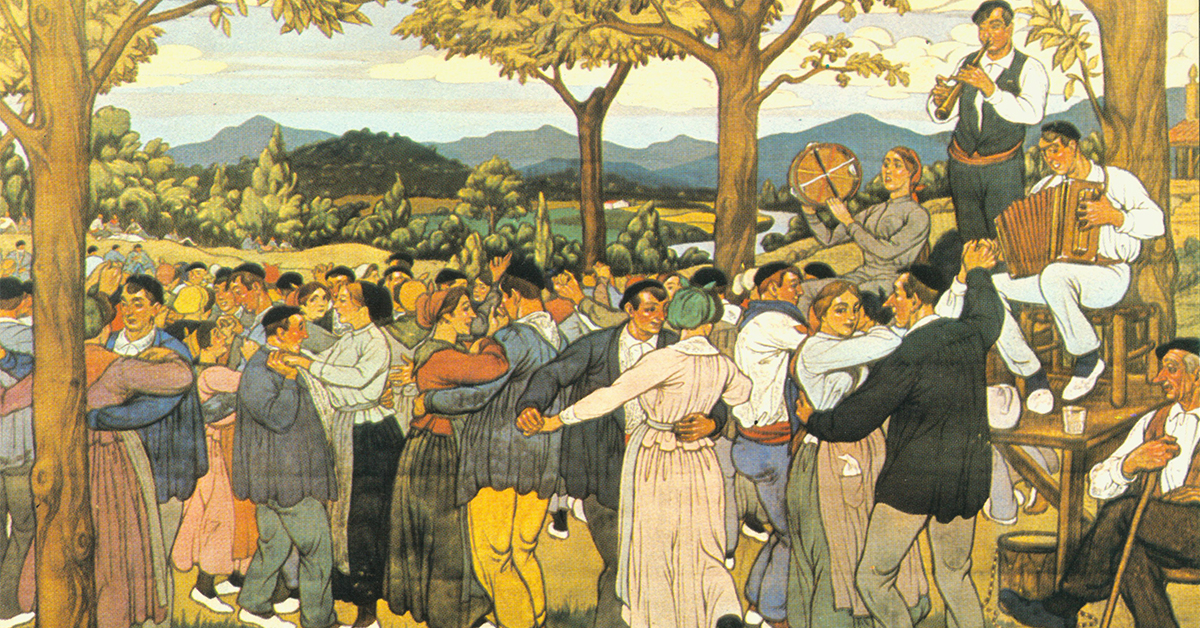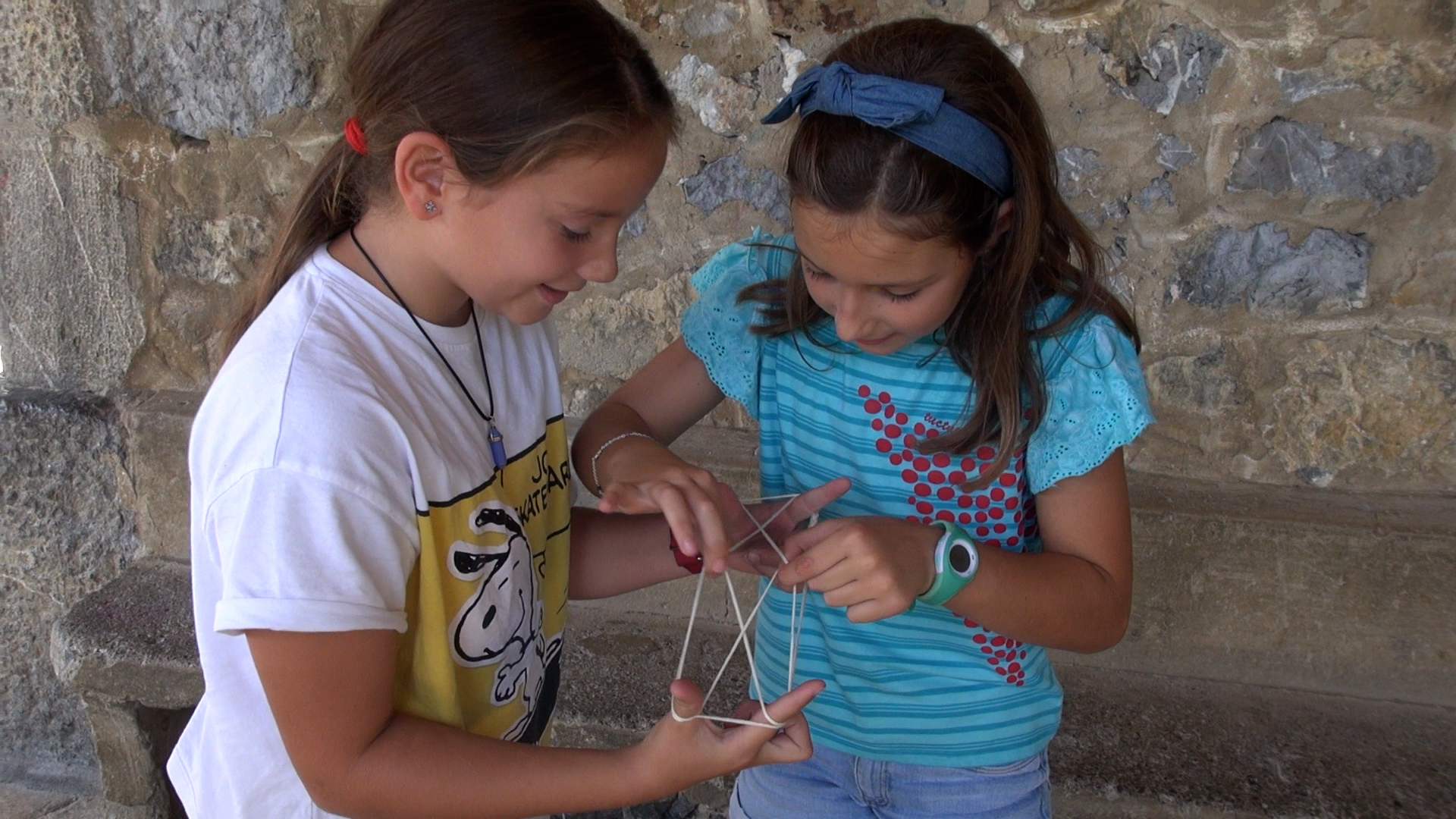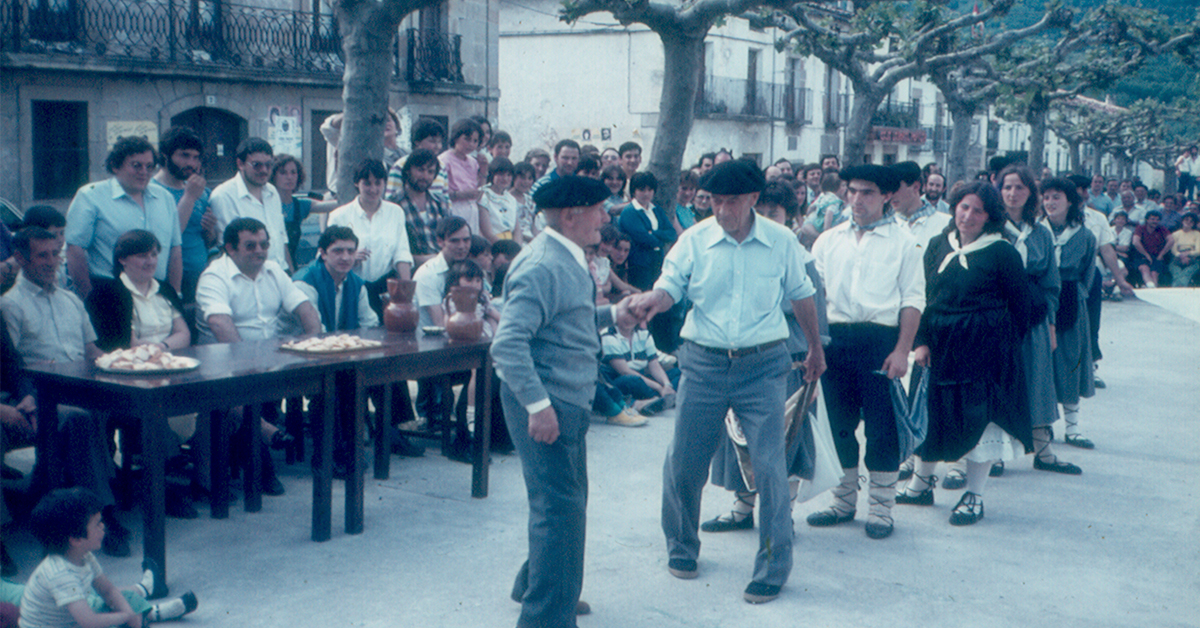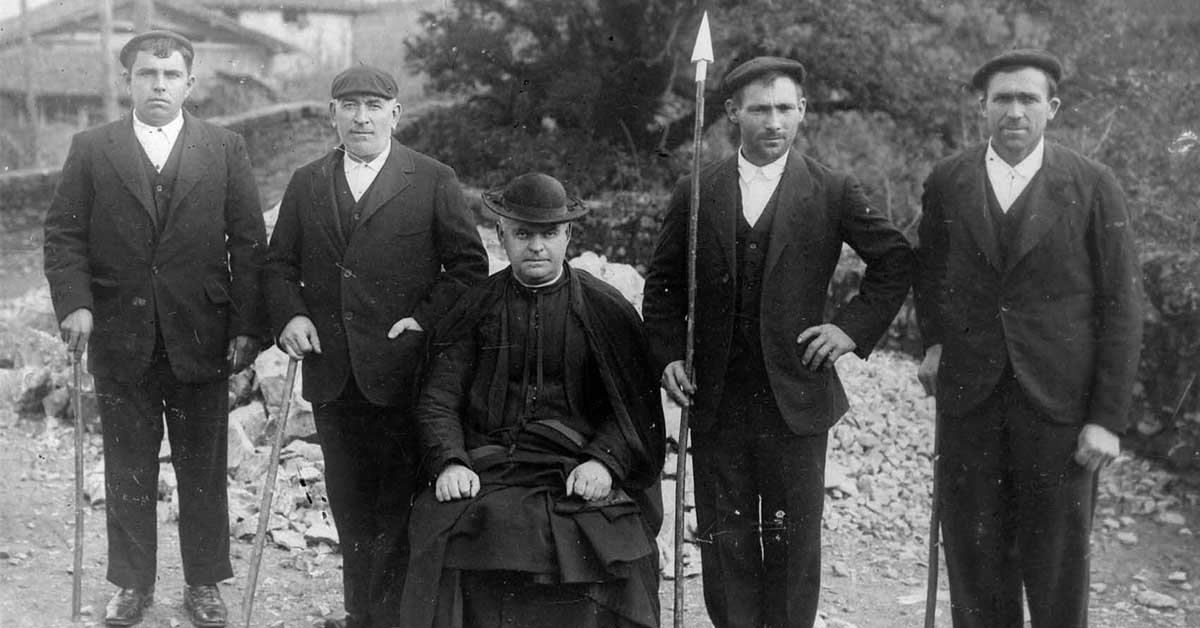Basque ethnography at a glance
This evening Ostu-ostuka eta txopinka will be screened at the Altamira Cultural Centre, as part of the European Heritage Days. This documentary features the traditional children’s games of this coastal town, based on the oral testimonies from local people from across the generations.
Despite the passing of the years, many of the childhood memories of our informants are directly related to playing: all those walks to Atxapunta, all that laughter, all those stories… Childhood friendships are often lifelong, because the ties of childhood are very strong.
Any research into the traditional culture using the methodological groundwork of social and humanistic disciplines pivots on data sources (written, images, observations and oral information). Obviously, oral data need people and their testimony, whose stubborn regularity allows the researcher to use complex qualitative analysis to reach scholarly conclusions. Invaluable collective scholarly knowledge that can address such a wide range of areas as festive celebrations, dances, music, singing, musical instrument, apparel, culinary heritage, rituals, trades or work, etc.

Postcard entitled “Romeria-Erromeria” (Pilgrimage festivities), illustrated by the painter José Arrue.
Summer is the time of festivities and dancing is part of those celebrations. Even though few dancers are seen in the town squares today, it was not so long ago that people wanted to dance, but were banned from doing so “in hold” or waltzing as it was also known.
During the Basque Festivities organised in Areatza-Villaro (Bizkaia) in 1897, J. Larrea, the chronicler for El Nervión newspaper, wrote the following on 12 September: “… and as regards the social mores of Arratia, they cannot be overemphasized enough; suffice it to say that waltzing was forbidden during the open-air festivities as part of the pilgrimage in Arteaga (Artea), and it is the same case in this charter town, as the “mutilleks” (young men) were not allowed to hold the “neskatillaks” (young women) in their arms to dance to the sound of the drum”.
The 29th of September is an important date on the Basque calendar, as it is the feast day of St. Michael, our patron saint, and the best known and beloved of the archangels in heaven.
However, the date was also known for practical reasons, as it marked the end of the farming year in popular culture. In other words and going even further back in time, it is the Christianised festivity of the equinox when summer ended and winter began.
In many places, that day was the start of the period that leaf litter or fern could be gathered from the common uplands, the livestock were taken to the winter pastures, the start of the work to get the forges or cold chambers ready, and the renewal of leases of mills, taverns or dwellings. And, among other interesting facts, that of renewing the posts of the elected officials of the village.




